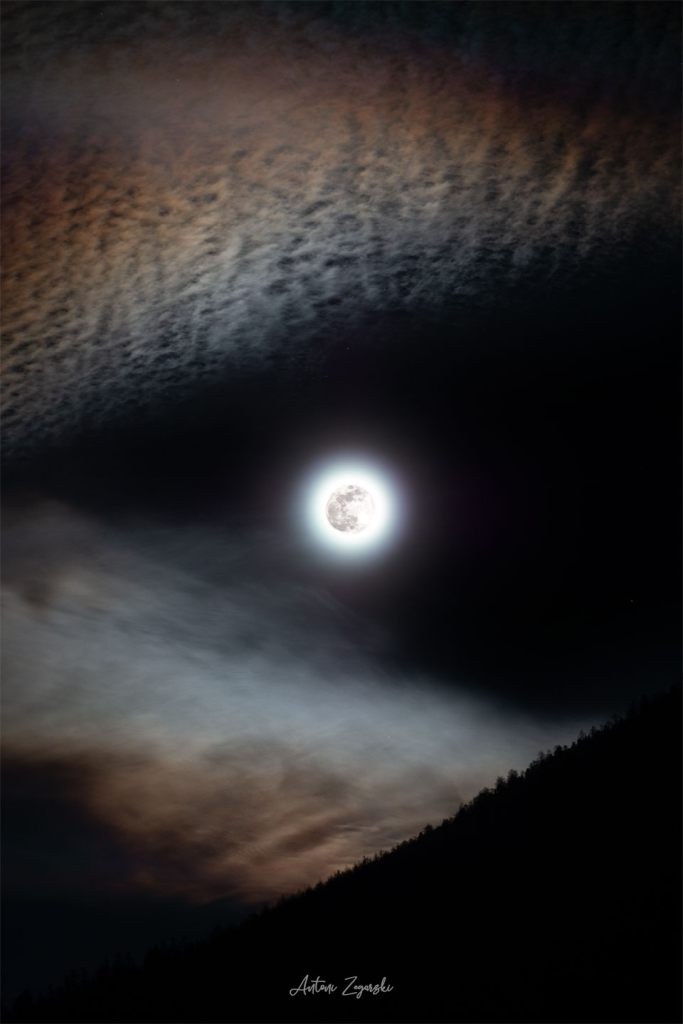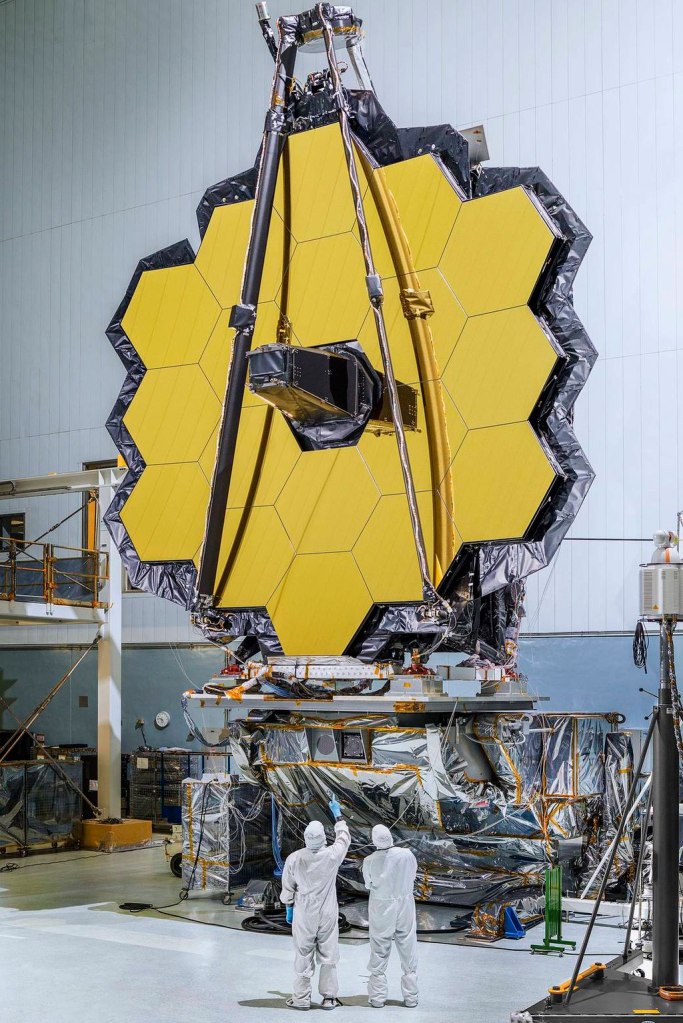
Thousands of years before telescopes and computers, the ancient Mayans had the ability to predict eclipses and track retrograde motion. They are some of the most advanced astronomers of the ancient world. Astronomy was a central part of Mayan culture. Calendars were based on the movements of the Sun, moon, and planets and festivals, rituals, and sacrifices were held on certain days corresponding with these movements.
They also had rich mythology surrounding the cosmos. Venus was especially important within their culture. There are regional variations, but the planet is often affiliated with the god of war and there are tales of battles between the Sun and Venus. The Mayans observed the morning/evening star cycles of the planet with incredible precision and even corrected their calculations over time as the days gradually shifted. Details of their calculations and stories are found in the few surviving codexes from that time, most famously the Dresden Codex.
Even some of their architecture was based on the movements of Venus. At the site of Uxmal, there is a building known as the Governor’s Palace. It is adorned with statues of Chac, a Mayan rain deity, with the symbol for Venus under his eyes. Another site was found directly to the south, and when Venus is at its northernmost point around May and views from here, it’s positioned right above the Governor’s Palace. There is a theory that on this day people gathered at this site to signify the beginning of the rainy season.
To learn more about the Mayans and their astronomical achievements, ask in the comments or check out this article in Science!











